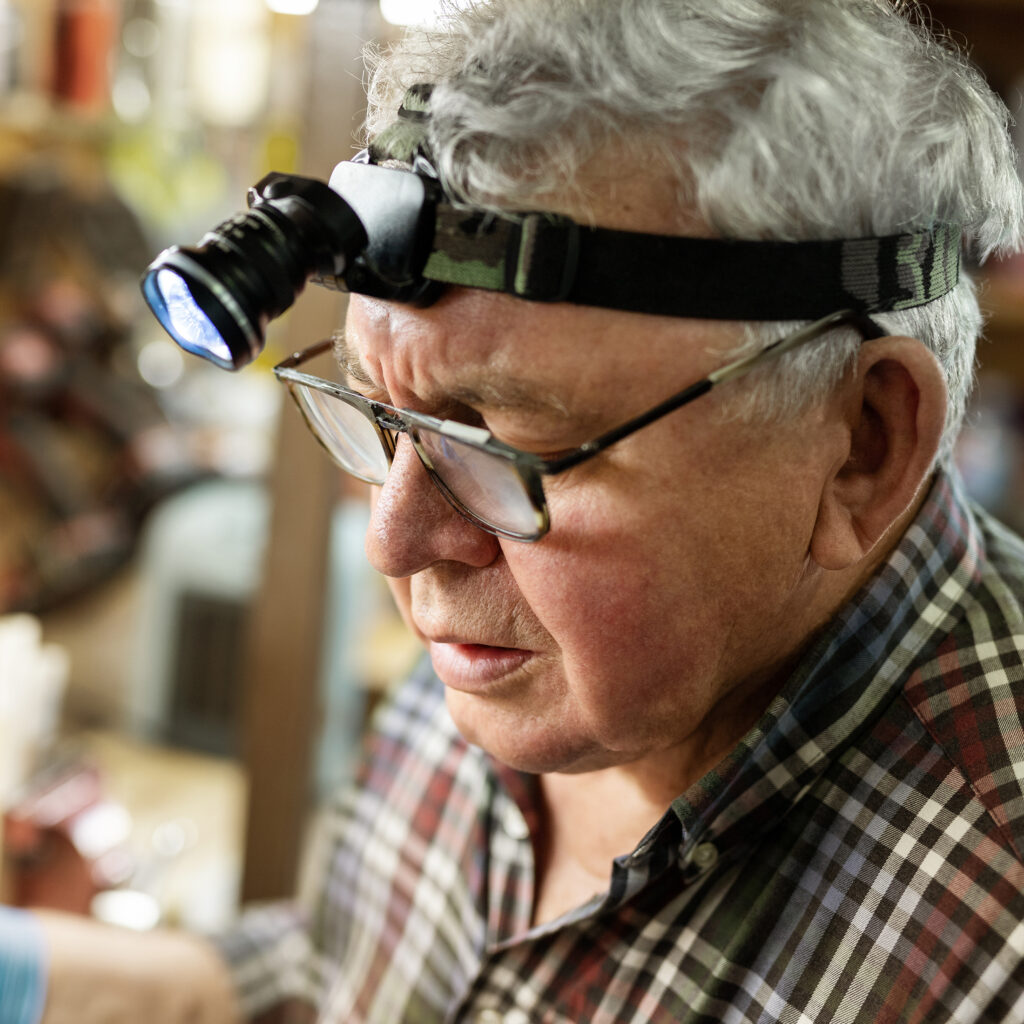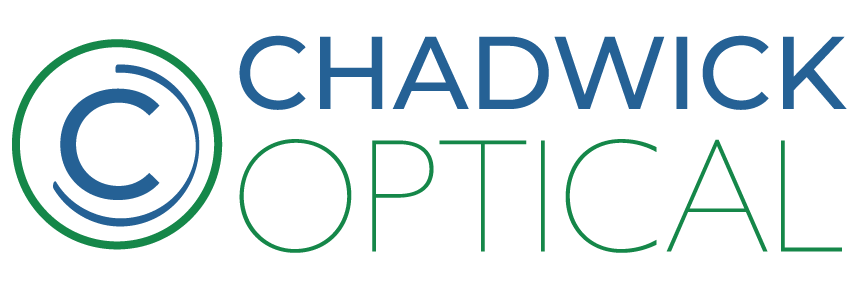Troubleshooting High Adds
Did you know you can prescribe adds higher than +3? Even higher than +4? Let’s talk about when - and why - you might use a high add, and how to make it work well for your patient.
When Should You Use a High Add?
There are a couple of good opportunities for high adds:
Occupational Use
Some jobs demand extreme near vision for tiny details - think jewelers, watchmakers or anyone who needs to examine objects very close to their face. A high add gives them the extra boost they need to see that level of detail comfortably.
Low Vision Patients
In low vision care, stopping at a +3 add can limit your patient’s options. Sometimes, bumping that add to a +4 or +5 lets them hold their reading material closer and unlocks better functional vision for tasks they may otherwise struggle with.

Important Fitting Considerations
High adds are powerful - literally. That extra magnification sits right in the lower part of the lens, directly under the main field of vision.
If your patient will be wearing this pair of glasses all day, think about how the strong add might affect balance, depth perception and mobility. In some cases, a separate pair for specific tasks works best.
What Lens Options Are Available?
When you prescribe a high add, your lens options shrink a bit. For example:
- Many high adds are only available in CR-39 plastic
- Options like polarized sun lenses, photochromic tints or fancy progressive designs may not be available with very high adds
So before you promise a patient every bell and whistle - check with your lab first. Most of the time, you can find a good solution, but it’s best to confirm before you order.
The Best Lens Design for High Adds
One of the biggest factors in performance is where the bifocal segment sits, both horizontally and vertically. Consider that the near PD would be narrower than you would normally measure. Convergence needs would be more when the focus is closer.
Not all adds are created equal. It's best to put the add on the front of the lens.
While modern digital lens designs can place a digital add on the back surface of the lens, this shrinks the usable reading area dramatically. This effect is even more dramatic with high adds. Putting the add on the front keeps the reading field as wide and comfortable as possible. This shrinks your lens options slightly, but results in a more functional pair of eyeglasses for your patient.
The Bottom Line
Don’t stop at +3 just because it’s common. For the right patient - whether it’s for work or low vision - a high add can make a huge difference. Just be thoughtful about lens choice, frame fit and daily wear needs.
